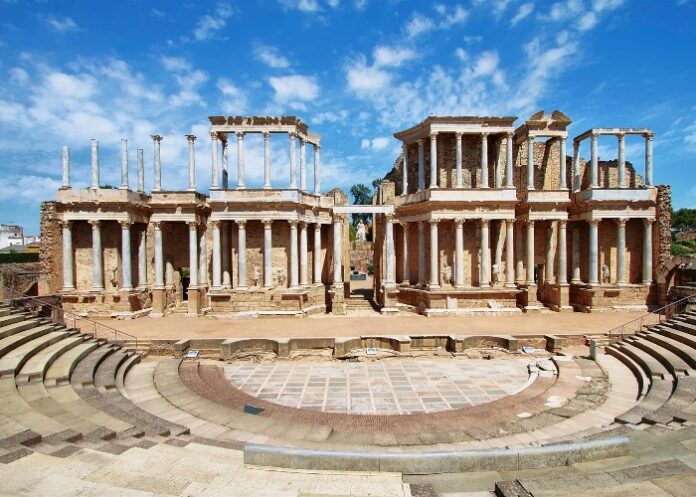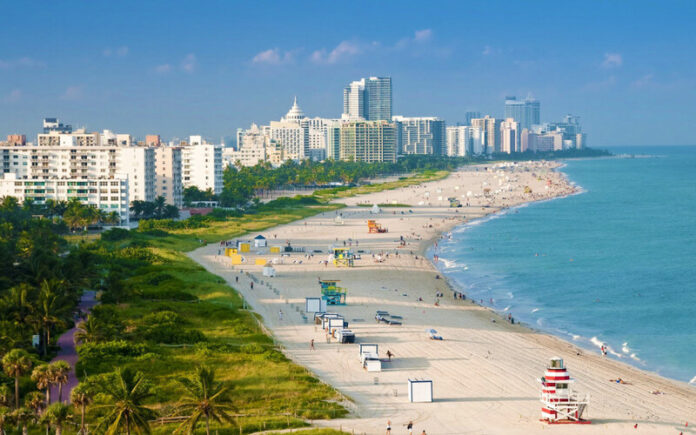The Roman Empire’s architectural and engineering prowess left a legacy of stunning ruins that continue to awe visitors today. From grand amphitheaters to well-preserved cities, these ancient sites offer a glimpse into the past and a chance to marvel at ancient craftsmanship. Here are some of the world’s most beautiful Roman ruins that you should add to your travel bucket list.
The Colosseum – Rome, Italy
The Icon of Rome: The Colosseum, also known as the Flavian Amphitheatre, is perhaps the most iconic of all Roman ruins. Constructed in 70-80 AD, it could hold up to 80,000 spectators and was used for gladiatorial contests and public spectacles. Today, it stands as a symbol of the grandeur of ancient Rome.
Historic Significance: The Colosseum is a UNESCO World Heritage Site and a must-visit for history enthusiasts. Its architecture and engineering are a testament to Roman innovation and have inspired awe for centuries.
The Roman Forum – Rome, Italy
The Heart of Ancient Rome: The Roman Forum was the center of political, commercial, and religious life in ancient Rome. Visitors can explore ruins of temples, basilicas, and government buildings that once stood here, offering a glimpse into daily life in ancient Rome.
Historical Significance: Walking through the Roman Forum is like stepping back in time. It’s a place where history comes alive, and visitors can imagine the bustling streets and lively debates that once took place here.
Pompeii – Near Naples, Italy
Preserved in Time: Pompeii is perhaps the most famous archaeological site in the world. Buried under volcanic ash in 79 AD, the city was remarkably preserved, offering an unparalleled glimpse into ancient Roman life.
A Window to the Past: Visitors to Pompeii can wander the streets of the ancient city, exploring homes, baths, and even a theater. The site provides a vivid picture of daily life in a Roman city and is a UNESCO World Heritage Site.
Hadrian’s Wall – Northern England
A Defensive Barrier: Hadrian’s Wall was built by the Roman Empire to guard its northern frontier in Britain. Stretching 73 miles, it features forts, milecastles, and turrets, showcasing Roman military strategy and engineering.
Historical Importance: Hadrian’s Wall is not only a marvel of ancient engineering but also a UNESCO World Heritage Site. Visitors can walk along the wall and imagine what life was like for Roman soldiers stationed here.
The Aqueduct of Segovia – Spain
A Marvel of Engineering: The Aqueduct of Segovia is one of the best-preserved Roman aqueducts in the world. Built in the 1st century AD, it once carried water from the Frío River to the city of Segovia.
Architectural Wonder: The aqueduct’s precise alignment and construction without mortar are a testament to Roman engineering skills. Today, it stands as a symbol of Segovia’s history and is a UNESCO World Heritage Site.
Explore Ancient Rome: History and Impressions
These Roman ruins are not just remnants of the past but windows into ancient civilizations. Visiting these sites offers a chance to appreciate the ingenuity and craftsmanship of the Roman Empire and to connect with history in a tangible way. Whether you’re a history buff or simply a traveler looking for extraordinary sights, these Roman ruins are sure to leave a lasting impression.










